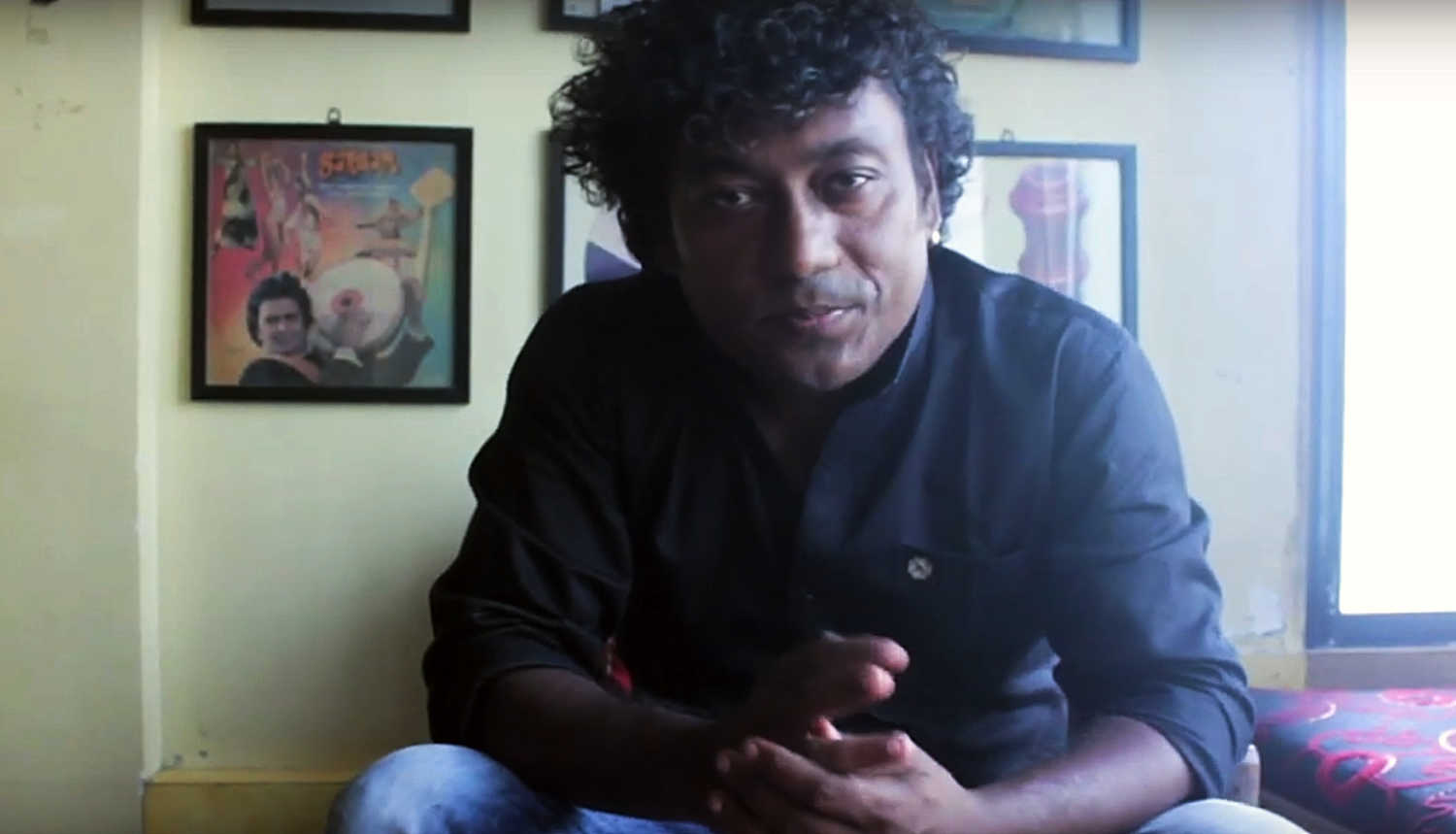Khisa, which is in the race for the Audience award at the Dharamshala International Film Festival 2020, is a tragic story about a boy's loss of innocence.
Khisa is about growing religious polarization seen through a child's eyes: Director Raj More
Mumbai - 07 Nov 2020 12:30 IST


Suyog Zore
Raj Pritam More, an award-winning visual artist, has forayed into filmmaking with the short film Khisa, which tells the tragic story of a boy's loss of innocence.
Khisa, which has already won the Best Film and Best Screenplay awards at the Istanbul Film Awards 2020 and Best Screenplay award at the 10th Dadasaheb Phalke Film Festival, is in the race for the Audience award at the Dharamshala International Film Festival 2020, which is currently on.
In a conversation with Cinestaan.com, More opened up on the project, his experience of working with a child artiste and his passion for cinema. Excerpts:
How did you come on board as the director of Khisa?
I was working on a different short film when Kailash Waghmare, who plays the father in the film, told me about this incident that happened in his village. There was an uproar after a Muslim boy printed a picture of Shivaji Maharaj on his shirt. I absolutely loved the idea so I immediately dropped the earlier short film and we started working on this new one.
What I also liked about the film was the child's transformation. He is a shy boy, but after listening to Shivaji's story of valour he changes into a courageous boy.
You are an established contemporary visual artist. So when did you think of changing track and becoming a filmmaker?
Although I'm an established artist, you would be surprised to learn that I never wanted to be one. I always wanted to become a filmmaker. I had even tried to get admission to the FTII [Film and Television Institute of India] for cinematography in 1999 but, unfortunately, they used to have limited seats for this course at that time so I couldn't get in.
Khisa review: Tragic story of loss of innocence reflects harsh reality of polarized times
I was quite interested in painting, so I got into the JJ School of Art. Despite this, my passion for cinema never withered. I used to attend all film festivals like MAMI [Mumbai Film Festival] and watch films of internationally acclaimed filmmakers like [Akira] Kurosawa and Satyajit Ray.
I worked as a visual artist for almost 20 years but finally decided to go back to my first love, cinema. So when I heard the story of Khisa, I thought it was the right subject for me to enter this field. I had no formal training in filmmaking nor had I assisted anyone before, but because of my profession, I had some friends in the film industry, especially the technical departments like editing and cinematography. So we all came together and I quickly completed the film.
The film is a serious commentary on religious polarization. What was the reason for choosing this subject for your first film?
It's a never-ending issue. But despite being based on a serious subject, my film is a light-hearted drama. It was a conscious decision because I wanted to show things from the child's perspective. Although it has a child in the lead, the film is about adults and how they are still caught up in religious fanaticism.

The boy, Vedant Shirsagar, has done a wonderful job. Some scenes demanded complex emotions. How did you extract such a believable performance from him?
Actually, that child was the only non-artiste in the film. All the others were professional artistes and have worked in films or commercial plays. Waghmare has even acted in Tanhaji: The Unsung Warrior (2019).
Many children auditioned for this role but no one could play the character as I had envisioned him. Finally, I found him in my own taluka, Akola. He is from a lower-middle-class family. His father is a daily-wager. Initially, my team was apprehensive about him. After all, he was the main lead and if the audience didn't connect with him, the film wouldn't make any impact. So I conducted a special acting workshop for him and taught him even small reactions. He used to practise a lot. I think the appearance of the actor makes a lot of difference.
Waghmare, who wrote the screenplay, also played an important role in the film. Sometimes writers envision how a certain scene should play out in their own heads, so were there any differences of opinion while you were shooting?
Not at all. In fact, I made many additions to his screenplay. I added some crucial scenes. Even Kailash told me that my rewriting took the film to another level. On the set, he was a thoroughly professional actor. He would give his shot and go and rehearse his next scene. He never interrupted me in the shooting.
My experience as a professional visual artist also came in handy. I had drawn a frame-to-frame storyboard of the entire screenplay. I showed it to Kailash who was pleased with the way I gave visual context to his script.
What are you working on next?
I'm doing a feature film. I have almost completed the pre-production. It's a crime thriller with a social message.
I believe films should always work as a mirror of society. Whatever is happening in your society should also be reflected in films.
Related topics
Dharamshala International Film Festival


